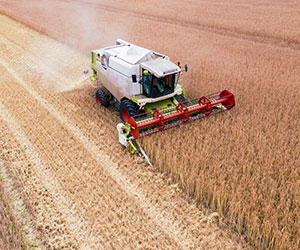How Soya products are made
Soybeans are the most important crops in the world and are grown for a variety of agricultural and industrial uses. There are eight major oilseed meals in the world. Soybean meal represents more than 50% of the total oilseed meal production. Raw soybeans cannot be used as such for animal feed or human food, because they contain several different anti-nutritional factors.
These factors are
a) Trypsin and chymotrypsin inhibitors;
b) Phytohaemagglutinins (Lectins);
c) Urease;
d) Allergenic factors; and
e) Lipases and Lipoxygenases.
These factors affect the digestion of soybeans in the stomach. All can be deactivated, modified or reduced through proper heat treatment to minimize or eliminate their adverse effect. Since all these inhibitors are proteins, caution should be taken to assure that no destruction of the oilseed protein occurs. This can be accomplished only through optimum processing and good quality control measures.


The conventional soybean extraction process consists of four steps; preparation, extraction, solvent recovery of a final product. Modern soybean processing involves large plants with many operations that must be fulfilled.



Farmers dedicate much time and hard work to produce and harvest millions of tons of soybeans. That work is complemented by the considerable effort and care the soybeans receive after harvesting to ensure the high quality and continuous supply of soy products to processing industries and consumers.


